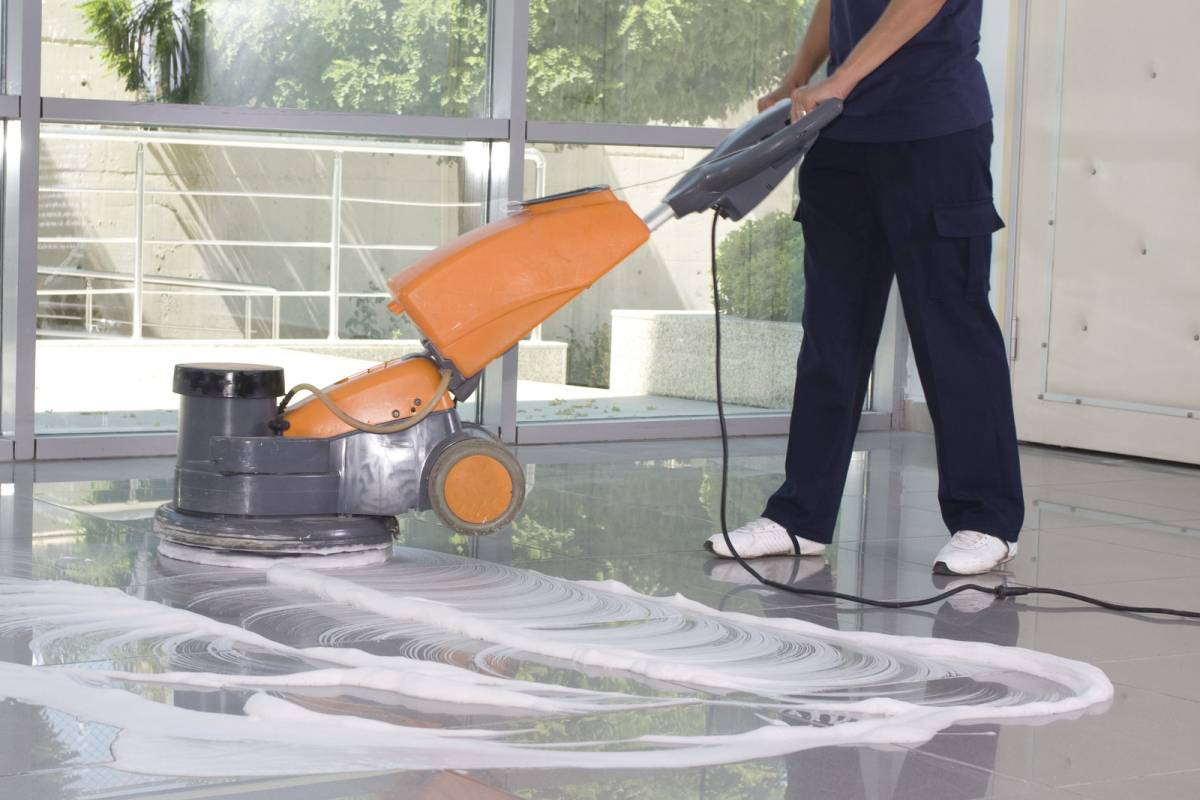
Concrete is no longer just the gray, industrial material used for sidewalks and warehouse floors. Today, stained concrete floors are one of the most popular options for modern, rustic, and industrial-style interiors—and for good reason. This versatile flooring solution blends durability with design, offering unique color variations, rich textures, and long-lasting performance.
In Nashville, TN, stained concrete floors have become a go-to choice for homeowners and businesses seeking a custom look that holds up to heavy use and changing climates. Whether you’re renovating a basement, revamping your office, or upgrading a retail space, understanding the different styles of stained concrete can help you make the right design choice for your environment.
What Are Stained Concrete Floors?
Stained concrete floors are created by applying either acid-based or water-based stains to a prepared concrete surface. These stains react with the concrete or absorb into it, resulting in rich, translucent color tones that enhance the surface’s natural texture.
The beauty of stained concrete lies in its organic, variegated appearance. No two floors are exactly the same, and the final result depends on factors like the age of the concrete, the composition of the slab, and the stain application technique. From subtle earthy tones to bold contemporary colors, stained concrete offers nearly endless design possibilities.
Popular Styles of Stained Concrete Floors
Whether you’re aiming for a high-end modern aesthetic or a warm, rustic vibe, there’s a stained concrete style to match. Below are some of the most common and visually impactful options.
1. Acid-Stained Concrete
Acid stains react chemically with the concrete to create deep, marbled colors with a slightly mottled effect. These stains produce unique variations that mimic natural stone or leather.
Best For: Formal living areas, lobbies, showrooms, and restaurants.
Color Palette: Earth tones like tan, terra cotta, brown, green, and blue.
2. Water-Based Stains
Water-based stains offer more predictable color and allow for a broader range of hues. They don’t react with the concrete chemically but instead act like paint, soaking into the surface.
Best For: Residential interiors, artistic applications, and spaces requiring vibrant color.
Color Palette: Wide range, including black, red, blue, white, and custom blends.
3. Marbled or Faux-Finish Stains
This technique blends multiple stain colors to create a layered, stone-like appearance. It gives depth and complexity, perfect for spaces where flooring is a focal point.
Best For: Office spaces, upscale retail, and decorative residential spaces.
4. Saw-Cut Patterns with Staining
Contractors can create geometric or custom saw-cut patterns in the concrete and then stain individual sections with different colors for a tile or mosaic look.
Best For: Entryways, patios, and creative commercial interiors.
5. Polished and Stained Combo
Staining the concrete first, then polishing it to a high gloss, enhances color vibrancy and adds a luxurious finish. This is ideal for those seeking a refined, contemporary look.
Best For: Modern homes, galleries, and executive offices.
Benefits of Stained Concrete Floors
Stained concrete isn’t just about looks—it brings a wide range of functional advantages, particularly for property owners in Nashville, TN, where changing seasons and heavy foot traffic can wear down traditional flooring options.
• Durability
Stained concrete is incredibly resilient and can handle daily wear without fading or chipping.
• Low Maintenance
Unlike wood or carpet, it’s easy to clean—just sweep and mop as needed.
• Eco-Friendly
It uses your existing concrete slab, which reduces material waste.
• Cost-Effective
Compared to hardwood or tile, stained concrete provides a high-end finish at a lower price point.
• Customizable
From color and finish to patterns and textures, the options are highly flexible to fit your design vision.
Where to Use Stained Concrete Floors
Stained concrete is a versatile flooring option that works well in a variety of residential and commercial settings:
-
Living rooms and kitchens
-
Basements and garages
-
Retail spaces and boutiques
-
Office interiors
-
Restaurants and coffee shops
-
Outdoor patios (with UV-stable sealers)
Its adaptability and aesthetic range make it suitable for almost any application, indoors or out.
Cost Considerations
The cost of stained concrete floors varies depending on the stain type, surface preparation, and design complexity. Basic staining typically ranges from $2 to $5 per square foot, while more intricate patterns or dual-tone designs may cost up to $12 per square foot. It’s still more affordable than most natural stone, tile, or hardwood alternatives—while offering a unique, custom appearance.
Conclusion
Whether you’re updating a modern loft, transforming a retail space, or designing your dream home, stained concrete floors offer a blend of beauty, resilience, and creativity that’s hard to beat. With endless style options and a finish that stands the test of time, stained concrete is a smart choice for anyone looking to make a lasting impression with their flooring.
If you’re in Nashville, TN and looking to bring your vision to life, Legendary Concrete Concepts INC offers expert stained concrete floor design and installation that balances art with engineering—for results that truly stand out.
FAQs
Q: How long do stained concrete floors last?
A: With proper maintenance and sealing, stained concrete floors can last decades without major issues.
Q: Can stained concrete be used outside?
A: Yes, with the right UV-resistant sealers, stained concrete works great for patios, walkways, and pool decks.
Q: Is stained concrete slippery?
A: It can be, especially when sealed. Slip-resistant additives can be applied to increase safety.
Q: Can I change the stain color later?
A: It’s difficult to change acid stains, but water-based stains offer more flexibility if you plan to restain in the future.
Q: How do I maintain stained concrete floors?
A: Regular sweeping and occasional damp mopping with a pH-neutral cleaner will keep your floor looking great. Re-sealing every few years helps maintain the finish.